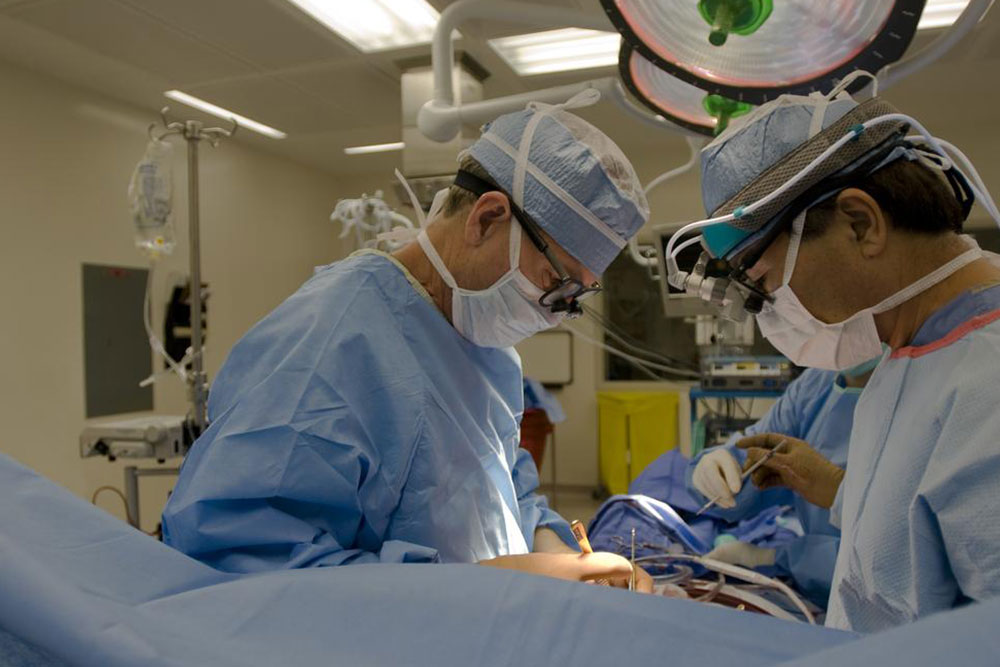Comprehensive Guide to Female Tubal Ligation Surgery
This article provides a detailed overview of female tubal ligation, highlighting various surgical methods including postpartum, laparoscopic, and implant-based procedures. It explains the process, benefits, and recovery tips, making it a useful resource for women considering permanent contraception. The content emphasizes safety, effectiveness, and the importance of professional consultation for informed decision-making.

Overview of Female Tubal Ligation Procedure
Female tubal ligation is a surgical technique that involves blocking, tying, or removing the Fallopian tubes to prevent pregnancy. Recognized as a permanent method of contraception, it is typically performed by gynecologists or surgeons. Small metal implants called tubal clips or inserts are sometimes placed inside the tubes, causing tissue growth that permanently seals them. This process stops eggs from reaching the uterus, thus preventing fertilization.
The procedure is straightforward, often performed without hospital stay, with minimal discomfort and quick recovery. Methods vary, including clipping, banding, cutting, or burning the tubes, usually via minimally invasive laparoscopic approaches.
Postpartum tubal ligation: Conducted shortly after childbirth, within 24-36 hours.
Laparoscopic tubal ligation: A common approach involving small incisions, often alongside other abdominal surgeries.
Tubal implant procedure: Involves inserting small devices, like Essure, into the tubes through a catheter, creating permanent blockage over three months. The process is quick, usually completed outpatient, with temporary cramps as the tissue develops around the implant.
While highly effective, tubal ligation is a permanent method, and consultation with healthcare professionals is essential to determine suitability.
Note:
Our website offers valuable health insights based on research, but this information should not replace professional medical advice. Readers are encouraged to consult healthcare providers for personalized recommendations. The site cannot guarantee the accuracy of third-party data or claims about treatment options, procedures, or schemes.









